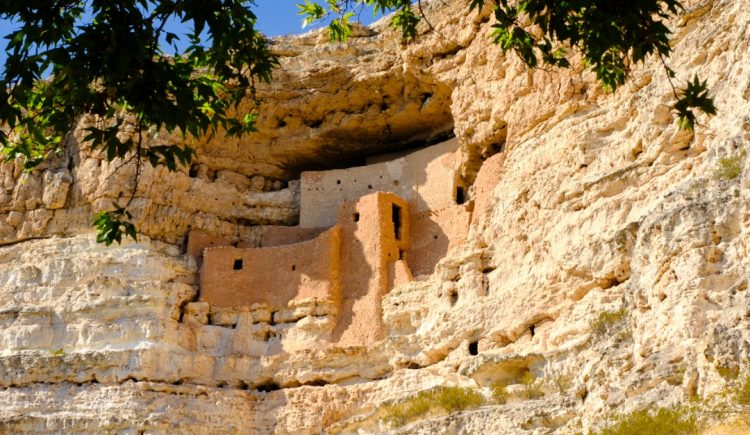When it comes to ancient ruins worth seeing, you might think of the Parthenon in Greece, the Great Wall of China or Machu Picchu in Peru. But it may surprise you to know you can see some pretty amazing ruins right here in the United States. If you’d like to go exploring without going too far, consider a few of these destinations.
- Bighorn Medicine Wheel, Wyoming – In summer, after the snow melts, visit the state’s Bighorn National Forest, where you can see limestone rocks mysteriously scattered in a wheel shape with spokes encased in a large circle. Part of a chain of American Indian archaeological sites up to 7,000 years old, the mountaintop Medicine Wheel is believed to date from the year 1300 AD.
- Chaco Culture, New Mexico – Made up of a series of huge stone buildings constructed around AD 850 by the ancient Puebloans, Chaco Culture was effectively a huge trade center built in the heart of the New Mexican desert. Visitors can take ranger-led tours to view the remains of the impressive multi-story site and learn about its spiritual significance.
- Dighton Rock, Massachusetts – This incredible boulder filled with petroglyphs is believed by some scholars to have been carved by pre-Columbian tribes, although others say it leads back to the Vikings, Portuguese sailors or Phoenicians. The rock itself is now housed in a museum inside Dighton Rock State Park, complete with exhibits making the case for each theory.
- Montezuma Castle Monument, Arizona – Built by the Sinagua people between AD 1100 and 1425, and used as an abode with 20 rooms, this high-rise building is tucked into limestone cliffs in the desert of Camp Verde. Designated a national monument in 1906, it was initially accessed via a series of cliffside ladders. Now, to prevent further damage, it can only be viewed from the ground.
- Poverty Point, Louisiana – More than 3,000 years old, this mysterious site found in the northeastern area of the state was built by the Poverty Point Culture, which settled in the area and created it over the course of 600 years from about 1650 to 700 BCE. It is filled with mounds and concentric rings made of earth that take up some 900 acres, and millions of artifacts have been found onsite.











